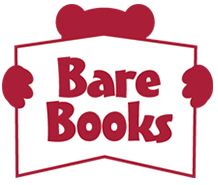Math Facts Game Board
A game that helps shift learning from pure memory to faster, easier inductive learning..
Level: Grade 1-3
Originated by: Treetop Publishing
One of the toughest sets of math facts for first, second and third graders to learn is the cluster of numbers with sums of 11 to 15. The numbers are all close together, and so are the sums. Why is 6+7 the same as 10+3? Or was it 5+6?
Instructions:
- Select a set of math problems (probably adding or subtracting) that the game will target. The answers must be all the same set of six (no more than six) numbers. For example, you might be targeting sums of 10, 11, 12, 13, 14 and 15. The adding or subtracting problems can be anything, but the answers must all be the same six numbers.
- Find a high interest subject that can be represented on a map. It can be a fantasy place, an indoor building, a real national map, or an object such as a mountain that could be the goal of travel.
- Draw the map on a blank game board with the target point clearly marked. Color the map or object.
- Plan two or three paths to get to the target. They can be trails up the mountain, roads going through the country, or paths through the mall through different entrances. Segment each path into the same number of squares or landing spaces.
- Into each square, write one of the math problems. A string of steps along the road might read: 6+7, 6+6, 7+8, 9+4, 5+7.
- Cover one die with masking tape (or use a blank cube). Using a ballpoint pen or fine marker, write your chosen six numbers on the faces of the die.
- For play, use game pawns. Begin at the start of the different paths. Roll a number. The player’s token may advance to the nearest math problem that has this sum/difference as an answer. The first player to reach the goal wins.
This game could also be made with our framed game board using a start/finish box.
Recent Posts


